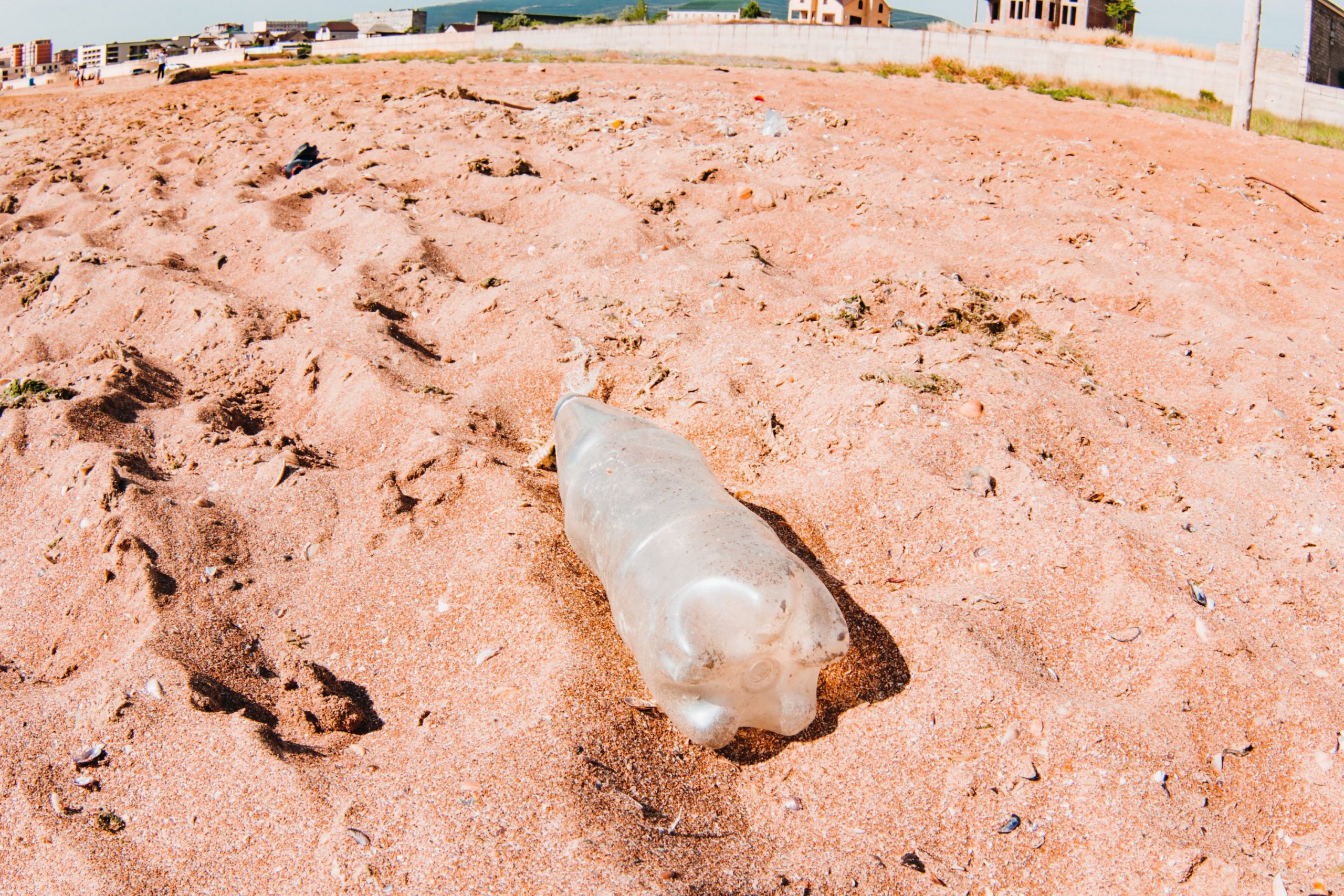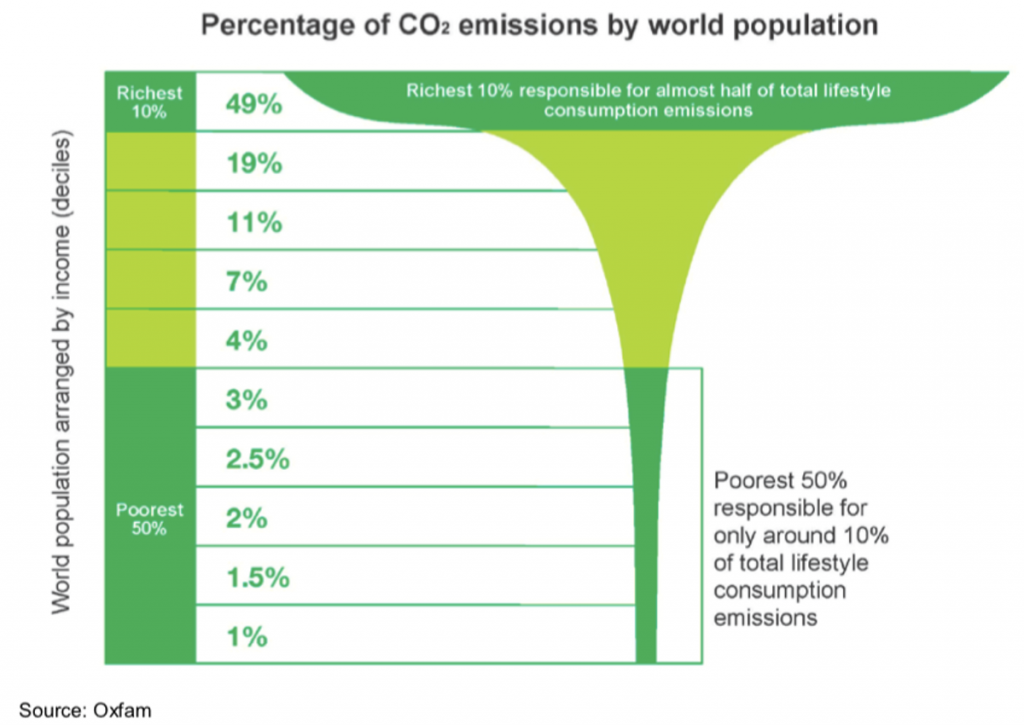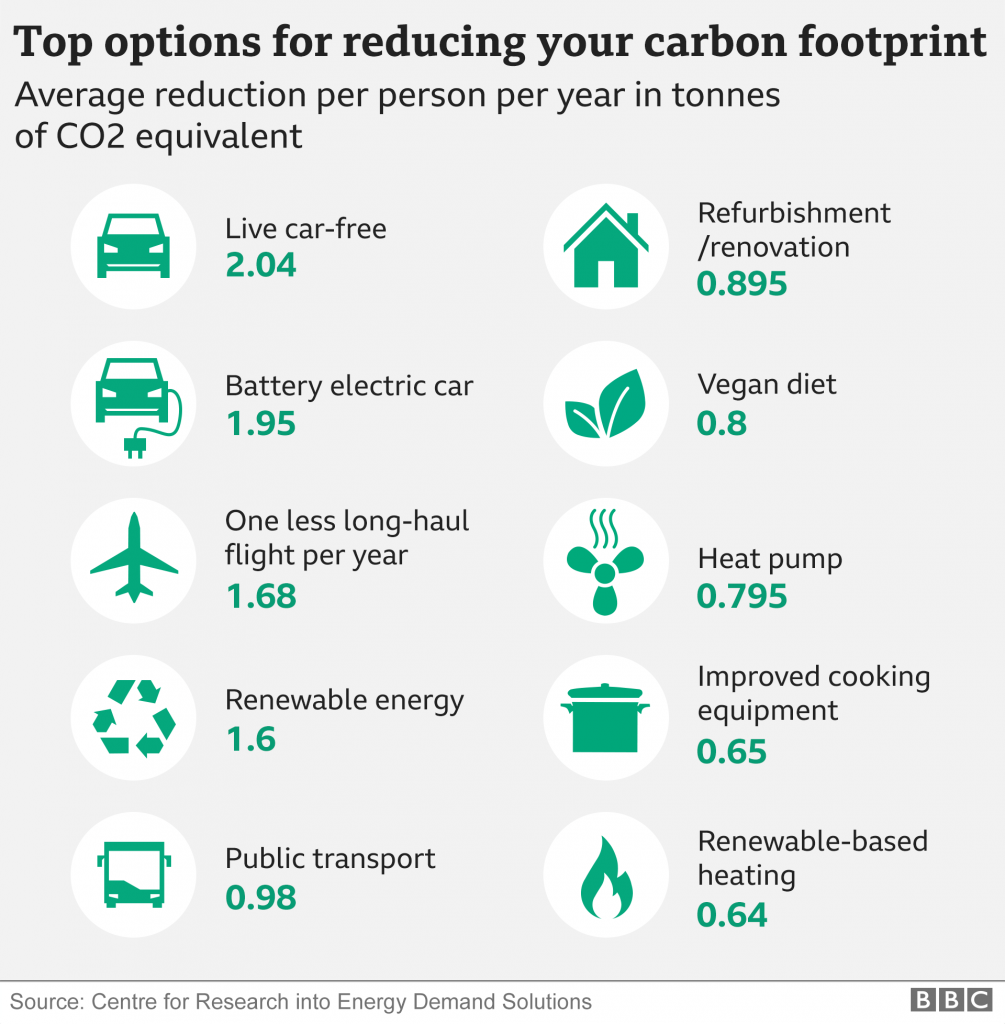
I would love to say that my ‘go green’ journey has been smooth and without any challenges. It would be a pure lie though! It’s been up and down. There have been moments when I wanted to swap to my old ways. Why?
- It’s easier – for majority of my life I have only partially paid attention to running a zero waste home, fast fashion or plastic pollution. Living on ‘auto pilot’ is straightforward, while change of habits requires efforts.
- It’s convenient – online shopping, pre-prepared food, driving a car and high street products imported from far away places make everything we do fast, simple and ‘ready on the plate’.
- It’s less time consuming – like a hamster on a wheel, we’re used to a fast pace and quick service.
But once I realised the scale of climate crisis, I knew that I have to stop being lazy and take action. There is no time to wait for governments or large corporations and institutions to make changes first.

I am listing my personal challenges with a goal that they might inspire others. It’s OK to doubt and have ‘non-eco moments’. But we’re all in the same boat and our actions can make an impact!
Problems with going green
Eco chamber
One of the most frustrating aspects is the feeling “cheated” by a grim reality. I have so many friends and acquaintances who follow a similar ‘go green’ path as me. I enjoy exchanging ideas and tips with them, and this gives me a nice feeling of a change taking place in the society. But, the truth is that, a ‘go green’ life is still a minority approach and it’s my eco chamber that makes me feel good. There too many reasons to write down but they frequently come down to:
- Many of us are still in denial when it comes to climate change. “Ultimately humans are social animals. If my tribe believes that climate change is a hoax, I’m much more likely to believe that. And that’s definitely also at play with Covid.”, The New York Times.
- We often don’t understand what it means – ‘Climate change for dummies’ infographic helped me.
- Many of us consider eco living as more expensive. “Can you afford to be green when you’re not rich?”, The Guardian.
- There are limited choices of eco products in high street shops.
- Green living can be seen as responsibility of ‘others’: “The consumers we surveyed in the UK and U.S. admitted they felt most responsible for the future of the planet, but 52% believed responsibility lies with manufacturers or production bodies.”, Global Web Index
- There is a difference between intention and action: “65% consumers say they want to buy purpose-driven brands that advocate sustainability, yet only about 26% actually do so.”, Harvard Business Review
Politicians and corporations have placed the burden of environmental responsibility on the consumer.
The Guardian
Eco products research
When it comes to buying natural products in recyclable packaging, the intention is great but it requires greater efforts. Who has time and wants to search and testing eco alternatives? I realised that the more eco conscious I try to be, the harder it gets as there are so many questions to ask myself:
- Can I buy my chosen products in my local area to avoid shopping online and support small businesses?
- Is the packaging truly best for the environment?
- Can I afford buying it on regular basis?
- Will it suit my needs, my skin type, etc.
Many eco bloggers encourage to purely buy from small companies with supply chain based on local producers. Others suggest to support green products from main stream brands to show them that the demand is there to help them reach wider audiences of non yet eco friendly consumers.
“Leading companies are taking action across their entire value chain and redefining the role of business in society – by engaging with suppliers, innovating their product lines and even working with consumers to drive behavior change. These efforts need to be replicated by others in the sector, if they are to justify their role in a society that can no longer be based on fast-paced, rising consumption and linear business models.”
Forbes
Plastic is everywhere
Apparently plastic is so wide spread that scientist called the current era “The Plastic Age”, and plastic will be our legacy! I try to keep my blog optimistic and inspiring but this is truly sad.
A reminder of our throwaway culture will exist for millennia in the form of fossilised bits of plastic both large and small.
Dr Dan Parsons, professor of sedimentology at Hull University
From a consumer perspective, my everyday shopping and observation make me think that it’s nearly impossible to buy necessities that do not come in plastic packaging. But how did we get there?
- Apparently, the growth of usage of plastic in the last four or five decades come from the fact that it can be used in many ways (how it is produced, shaped and transported).
- It drives food waste down as it helps keeping perishables fresh longer.
- It is considered as a remarkable material “lighter, cheaper, more effective than any of the alternatives – whether it’s for packaging or engineering.”
Stubborn old habits
Humans are creatures of own habits. Many of my friends and my hubby are early adopters. But I consider myself as slow and enjoying using what I have already tested and got used to for years. My intentions are there. But I am a late adopter who doesn’t want to change my old ways. Once I find face moisturisers or jeans brands that suit me, I usually stick to them for a while.
Unilever estimates that almost 70% of its greenhouse gas footprint depends on which products customers choose and whether they use and dispose of them in a sustainable manner
Harvard Business Review
Feeling fashionable
Since I moved to the area with much less shopping options, I have significantly reduced how many clothes I buy every year. But I cannot deny, that I like wearing new frocks and looking cool. It’s easy to go to a local shop or buy online. Especially when sales are on, and it’s so straight forward to return unwanted items. But as I dedicated one of my latest blogs to fast fashion versus slow fashion, I have no more excuses. I need to speed up with adapting to ethical clothing solutions. There are many of them and having fun and ethical wardrobe is possible.
The average person buys 60% more items of clothing and keeps them for about half as long as 15 years ago.
Greenpeace

